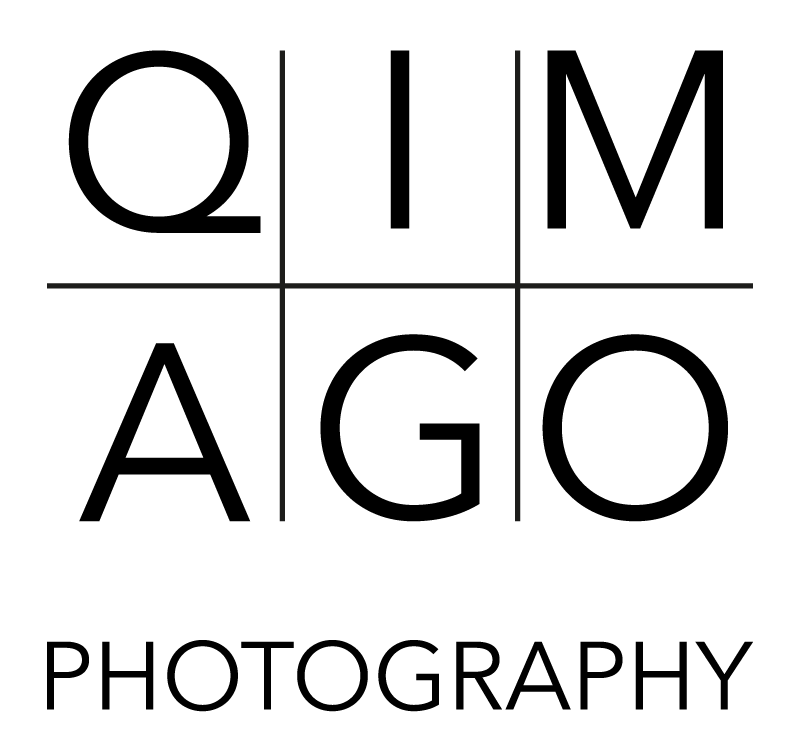Sony RX1 - The original is now a classic
Today I would like to share my experiences with the Milvus 2/100 Z.F2 on the Hasselblad X2D with you.
The Milvus 100mm for the Nikon F mount has been with me for several years now. Although I use it regularly, this happens less often than I would like. This is perhaps due to the fact that I am not out and about too often in the macro area. Also, in small towns and interpersonal situations, a 100mm telephoto lens doesn't always come in handy. The image section then seems quite narrow to me, even if bird photographers certainly see it differently... 😉
I have tried the ZEISS Milvus 100mm on various cameras and media: 35mm film, 35mm sensors, APS-C format and finally also digital medium format (44x33mm). In my tests with 35mm cameras, I had already expressed the suspicion that the Milvus series, similar to the Otus series from ZEISS, is probably calculated beyond the image circle of 35mm film, which means that edge weaknesses should normally no longer occur.
The use of the 100mm Milvus on the Hasselblad X2D 100c has confirmed this suspicion. The image circle of the Milvus 2/100 is completely sufficient for the 44mmx33mm sensor of the Hasselblad X2D, and the edges surprisingly show no significant weaknesses.
I was always impressed by the sharpness of the Milvus 2/100 when used between f4 and f16. At an aperture of f2 it is still sharp, but chromatic aberrations occur, which can slightly cloud the impression of sharpness. On film, however, this is not a problem. On the 16-megapixel sensor of the Nikon Df, everything looked very harmonious, and the Nikon Z7 really made art out of it. The ZEISS lenses are really blessed with character when used wide open.
Then the Hasselblad X2D came into play. With its 100 megapixel sensor, electronic shutter and image stabilizer, a large colour space and all its capabilities, it places high demands on the lenses. On this camera, the weaknesses of a lens become immediately apparent. This also applied to the Milvus 2/100. The chromatic aberrations were again more pronounced here, but this is at a high level of "whining" - nevertheless it is visible.
I connected the Milvus 2/100 to the Hasselblad X2D using the Fotodiox Pro NIK(G)-HB(Xcd) adapter. Although everything fits solidly, I miss the perfect fit of the original Hasselblad lenses. The lens fits perfectly on other cameras. This combination is not exactly small and light - there is a lot to carry, and because of the manual work you need both hands. Nevertheless, I really enjoyed the experience. Thanks to the crop factor and equivalence calculations, the focal length is about 79mm in 35mm format - a telephoto I've always liked (about 75mm is a good value for me). It's fun because precise focusing is required and you're not just snapping pictures quickly. However, I wouldn't always take this combination for general walks and exploring. The electronic shutter reaches its limits, especially in artificial light, and also with moving subjects. Then there is the weight of the equipment. You have to consciously set off in order to enjoy taking pictures.
It is definitely worth trying out the Milvus 2/100. The ZEISS lenses deliver impressive results even on a small medium format camera like the Hasselblad X2D. I also tested the 50mm f2 Makro-Planar and the 35mm f2 Distagon, the latter being labeled "Classic" and visibly vignetting on the sensor. The Milvus 2/100 is definitely an excellent choice for the Hasselblad X2D.
Best regards,
Elmar
